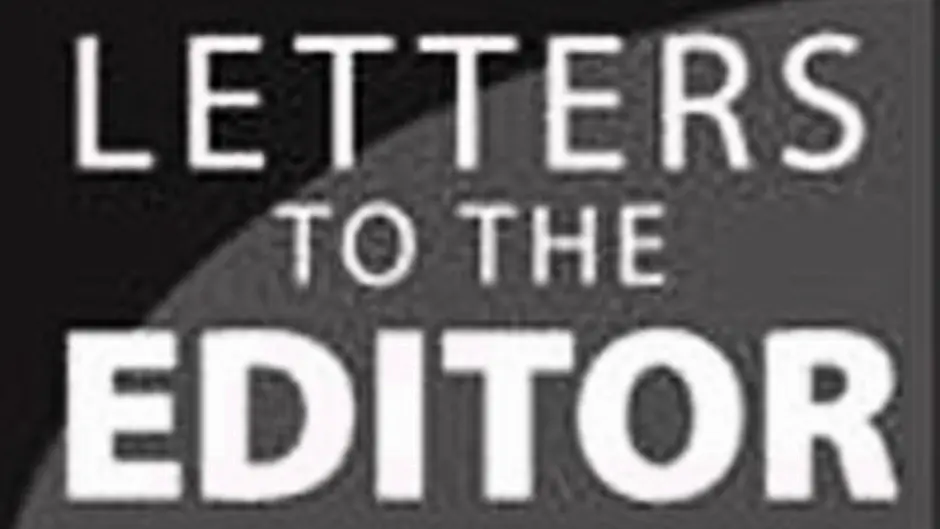SIR – Eve Morrison has written a second interesting letter (June 24th) on the November 28th, 1920 Kilmichael Ambush.
SIR – Eve Morrison has written a second interesting letter (June 24th) on the November 28th, 1920 Kilmichael Ambush.
Controversy arose because Peter Hart claimed in The IRA and its Enemies (1998) that ambush commander Tom Barry lied about a British Auxiliary false surrender, causing two of three IRA casualties. Barry justified killing all of the Auxiliaries in a fight to the finish, disregarding further surrender calls.
Hart’s view was primarily based on anonymous interviews with two surviving ambush participants. One of the two was a ‘scout’ interviewed by Hart six days after the last Kilmichael Ambush participant died.
One day before, November 18th, 1989, The Southern Star headlined, ‘Ned Young, last of the Boys of Kilmichael’.
In 1995 ambush participants (including scouts) were carefully and exhaustively tabulated in the Ballineen and Enniskeane Heritage Society’s The Wild Heather Glen, the Kilmichael Story of Grief and Glory.
Ned Young was the ‘last boy’ in that publication too. Hart’s acknowledgement that ‘a profile of every man at the ambush’ was included excluded his November 19th, 1989 ‘scout’ interview.
As the interviewee was not a ‘scout’ in Hart’s 1992 PhD thesis, it is possible that the Wild Heather Glen caused Hart to re-designate him as such for his 1998 book.
Eve Morrison wrote on June 10th that the ‘scout’ was William Chambers. On June 17th, I outlined why this identification is shaky. She acknowledged a discrepancy.
There is another reason. In Hart’s 1992 PhD thesis, his interviewees were identified by their actual initials (sometimes reversed). Edward ‘Ned’ Young was ‘EY’. Others, like Dan Cahalane (‘CD’) and John L O’Sullivan (‘JS’), were identified similarly. The November 19th, 1989 mystery man was ‘HJ’, which does not approximate to William Chambers.
Hart cited ‘HJ” (in a footnote) on what he saw and heard at the ambush. At that time Chambers said he was 15 kilometres away.
As Hart claimed 13 anonymous interviews for his book (12 for the thesis), he may indeed have spoken to William Chambers. Is Eve Morrison sure Chambers is not an additional veteran cited by Hart?
My Field Day Review essay, ‘Examining Peter Hart’ (2014), suggested that the mystery interviewee’s words could have been paraphrased from ambush rifleman Jack Hennessy’s War of Independence witness statement. Hennessy died in 1970. Unlike Eve Morrison, I am not claiming certainty.
Eve Morrison is right: more evidence would be helpful. So would not be jumping to conclusions.
Eve Morrison brought up new matters in her letter. Though they do not relate to the ‘scout,’ I will address them.
She asked that a person she named should not be associated with this debate. I happily comply.
She discussed Hart’s second claimed interviewee. I pointed out in Troubled History (2008) he was Ned Young, as Eve confirmed in 2012.
Hart claimed also to have heard three additional anonymous taped interviews with Kilmichael participants, recorded in the late 1960s (the ‘Chisholm tapes’).
In 2012 Ms Morrison pointed out that there were only two and that one was with Ned Young. The other was with Jack O’Sullivan, who died in December 1986.
Hart’s claim of five anonymous ambush witnesses, in total, is therefore reduced to three (including the mystery ‘scout’).
Two questions arise: why would Hart have needed to interview Ned Young again in 1988? Why misleadingly count him twice?
Does Eve Morrison view Hart’s double and miscounting as muddle or method?
It is possible that Hart met Ned Young, a 96-year-old man who suffered a debilitating stroke in 1987. His interview claim, in the ordinary sense of that word, is questionable.
Ned Young’s son and carer, John, stated that Hart could not have ‘interviewed’ his father.
Hart’s main text nowhere asks his interviewees, ‘Was there a false surrender?’ Also, no individual word, phrase or sentence from Ned Young is cited in Hart’s Kilmichael Ambush chapter.
Young did make two statements affirming a false surrender on the ‘Chisholm tapes’, but Hart did not report them. That is curious.
I again make the point that Hart’s anonymous presentation caused these problems. Whatever people choose to believe about the Kilmichael Ambush, Hart’s research is not a reliable guide.
It is a pity that West Cork’s first history festival is not debating contentious subject matter derived from Hart, on which so many of its presenters appear to rely for their views.
Yours, etc,
Niall Meehan,
72 Offaly Road,
Cabra,
Dublin 7.








